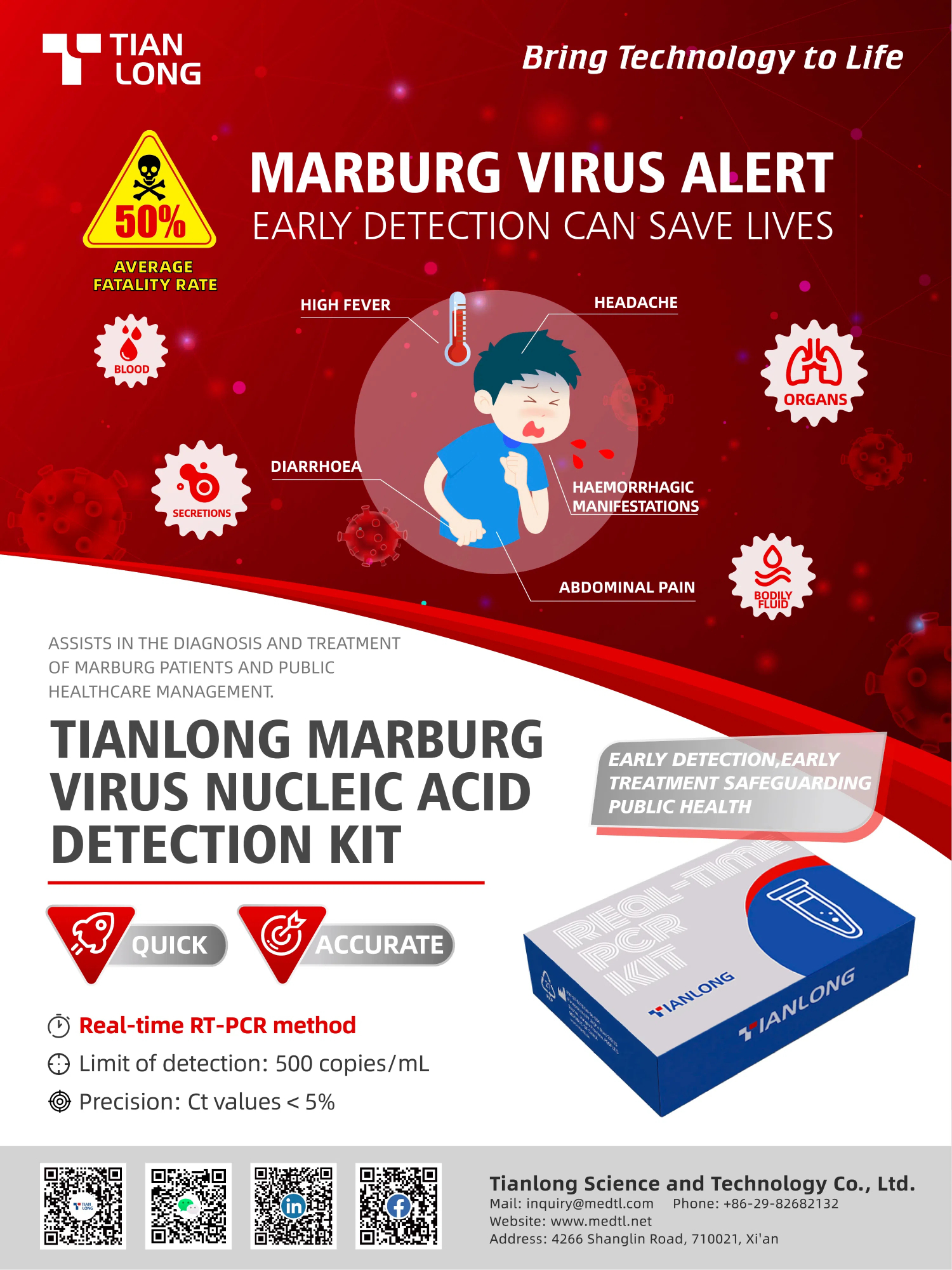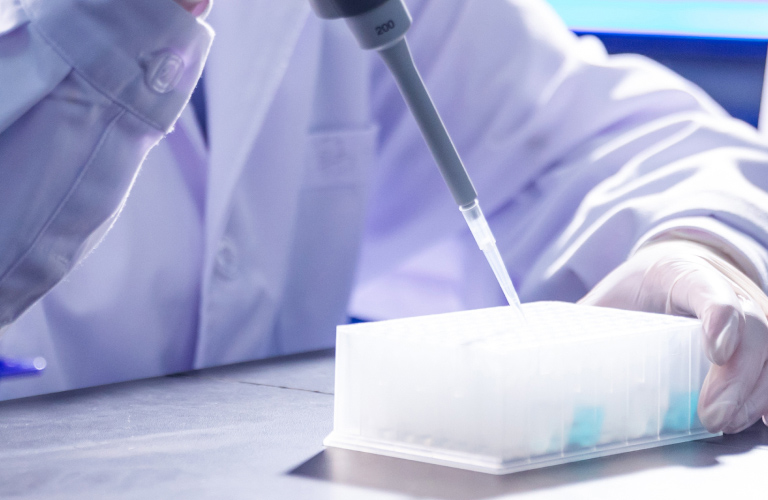On 27 September 2024, the Rwanda Ministry of Health announced the confirmation of Marburg virus disease (MVD). A total of 26 confirmed cases, including eight deaths (CFR: 31%), have been reported. Blood samples taken from people showing symptoms were tested by real-time reverse transcription polymerase chain reaction (RT-PCR) at the National Reference Laboratory of the Rwanda Biomedical Center and were positive for Marburg virus.

About Marburg Virus Disease (MVD)
Marburg virus disease (MVD), formerly known as Marburg haemorrhagic fever, is a severe, often fatal illness in humans. The average MVD case fatality rate is around 50%. Case fatality rates have varied from 24% to 88% in past outbreaks. There are currently no approved vaccines or antiviral treatments for MVD, but a range of vaccines and drug therapies are under development.
Transmission of Marburg Virus
Marburg virus can spread through human-to-human transmission via direct contact (through broken skin or mucous membranes) with the blood, secretions, organs or other bodily fluids of infected people, and with surfaces and materials (e.g. bedding, clothing) contaminated with these fluids.
Symptoms of Marburg Virus Disease
The incubation period (interval from infection to onset of symptoms) varies from 2 to 21 days. MVD begins abruptly, with high fever, severe headache and severe malaise. Muscle aches and pains are a common feature. From day 5 of the disease, patients may develop haemorrhagic manifestations, including fresh blood in vomitus and faeces, bleeding from the nose, gums, and vagina. In fatal cases, death occurs most often between 8 and 9 days after symptom onset, usually preceded by severe blood loss and shock.
Diagnosis of MVD
Diagnosing MVD can be challenging due to symptom overlap with other diseases like malaria, typhoid fever, and other viral haemorrhagic fevers. The confirmation of Marburg virus infection is made through diagnostic methods such as:
- Reverse transcriptase polymerase chain reaction (RT-PCR) assays
- Antibody-capture enzyme-linked immunosorbent assays (ELISA)
- Antigen-capture detection tests
- Virus isolation in maximum containment laboratories
Tianlong Marburg Virus Nucleic Acid Detection Kit (Real-time RT-PCR)
In the absence of specific treatments or vaccines, early supportive care, including rehydration and symptomatic treatment, can improve survival rates.
To assist in the diagnosis and public health response to Marburg virus disease, Tianlong has developed the Marburg Virus Nucleic Acid Detection Kit, based on the qualitative detection of Marburg Virus nucleic acid by Real-time reverse transcription Polymerase Chain Reaction (real-time RT-PCR) method. This kit is designed to detect RNA from Marburg Virus in specimens such as human serum sample collected from individual personnel based on clinical and/or epidemiological criteria, facilitating early diagnosis and effective disease management.
By providing fast and precise detection, Tianlong's solution supports clinical decisions, aiding in both the care of individual patients and the overall public health response to MVD outbreaks.

